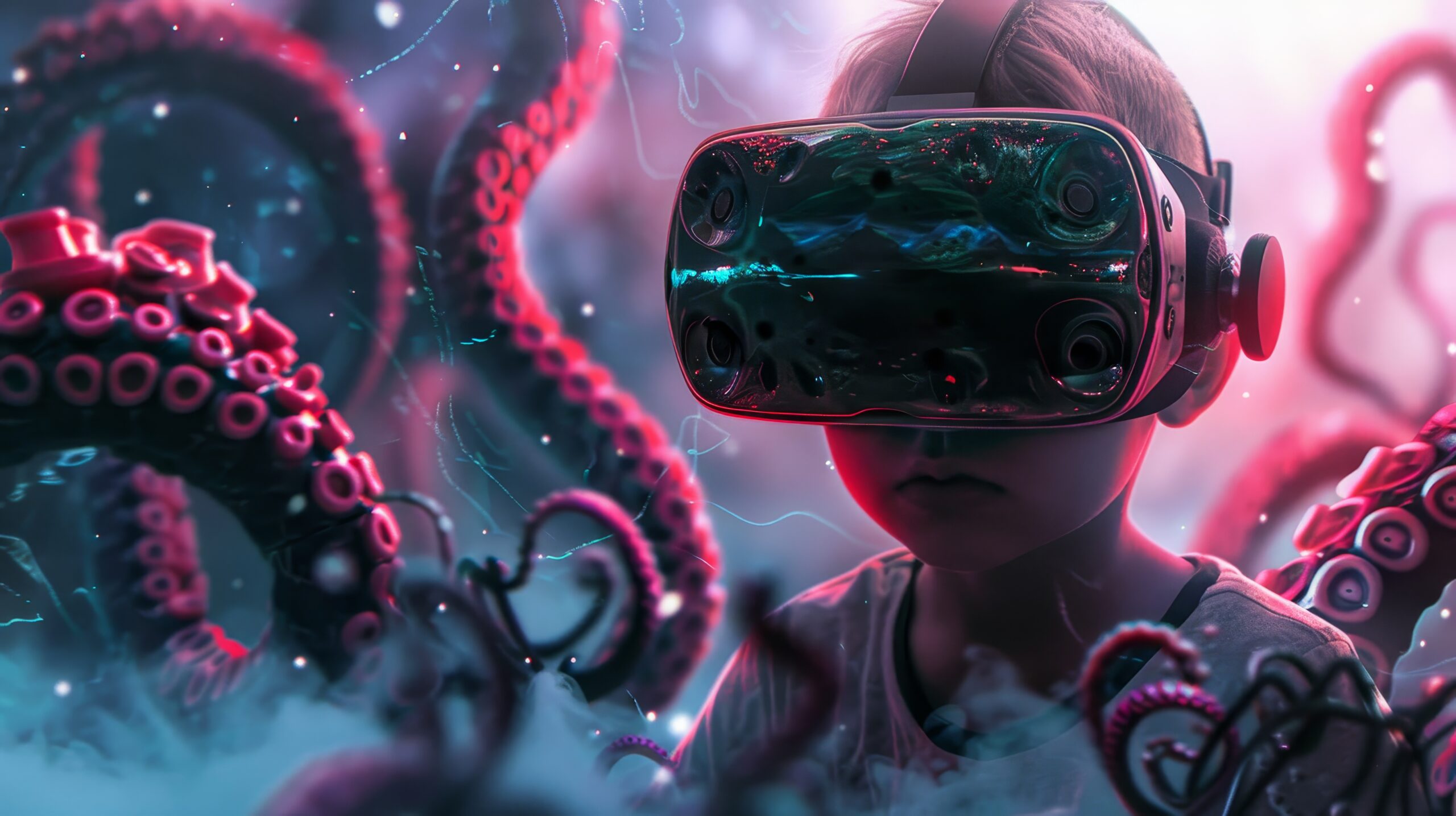The Rise of Indie Multiplayer Games
For years, the multiplayer gaming landscape was dominated by massive studios with deep pockets and vast development teams. Games like Call of Duty, Battlefield, and Fortnite defined what players expected from online experiences—high-end graphics, massive budgets, and blockbuster marketing campaigns. Yet, in recent years, a quiet revolution has emerged from the indie gaming scene. Small, independent studios are reshaping multiplayer gaming by focusing on creativity, innovation, and community rather than sheer scale. These developers are proving that meaningful, engaging multiplayer experiences don’t need billion-dollar budgets—they need vision.Visit (무료슬롯) for more details.
Creativity Over Budget
One of the biggest advantages indie developers have is creative freedom. Without the pressure of shareholders or corporate executives, indie studios can experiment with unconventional gameplay mechanics and artistic ideas. Instead of chasing trends, they often focus on passion projects that offer something fresh. Games like Among Us, Valheim, and Phasmophobia demonstrate how simple concepts, when executed well, can capture the hearts of millions.
Among Us turned social deception into a global phenomenon with minimal graphics and a budget that paled in comparison to AAA titles. Valheim, developed by a small team of just five people, redefined survival multiplayer with its deep crafting systems and cooperative exploration. These games succeeded not because of flashy visuals, but because they tapped into the social and emotional aspects of play that large studios often overlook.
Community at the Core
Indie multiplayer games thrive because they listen closely to their communities. Feedback loops between developers and players are faster and more personal. Many indie studios maintain open communication channels through Discord servers, Reddit, and social media, allowing players to influence updates and design decisions. This collaborative approach fosters loyalty and turns players into long-term supporters rather than one-time customers.
The developers behind Deep Rock Galactic, for instance, regularly engage with their community to test new content and gather feedback before major updates. This transparency builds trust and makes players feel like part of the creative process. As a result, indie communities often develop stronger emotional bonds than those of larger, more corporate titles.
Innovation Through Limitations
Working with limited resources forces indie developers to think differently. Instead of competing on graphics or scope, they focus on mechanics, atmosphere, and originality. Many indie multiplayer games succeed because they emphasize player interaction rather than spectacle. Don’t Starve Together turns survival into a quirky, stylized adventure that relies on cooperation and shared struggle. Project Zomboid creates tension through realism and unpredictability, offering deep emergent gameplay despite its simple presentation.
These games often introduce mechanics that large studios wouldn’t risk funding due to market uncertainty. The indie scene acts as a testing ground for ideas that later influence mainstream gaming. Concepts like asynchronous multiplayer, procedural storytelling, and player-driven economies often appear in indie projects first before being adopted by major studios.
Accessibility and Inclusivity
Another strength of indie multiplayer games lies in accessibility. Many are designed to run on modest hardware and support cross-platform play, making them available to a wider audience. The low cost of entry—both financially and technically—encourages diverse player bases from around the world. Indie developers also tend to prioritize inclusivity, creating characters, stories, and communities that welcome players from all backgrounds.
For example, games like Overcooked! and Moving Out focus on cooperation and humor rather than competition or violence, making them family-friendly options for players of all ages. This inclusivity helps expand gaming beyond traditional audiences, inviting new players into the online multiplayer space.
The Power of Simplicity
One defining trait of successful indie multiplayer games is simplicity. Instead of overwhelming players with complex systems or long tutorials, they focus on intuitive mechanics that are easy to learn but hard to master. This design philosophy makes games instantly approachable while still offering depth for those who want to improve their skills.
Take Stick Fight: The Game or Gang Beasts, for instance—both are chaotic, physics-based brawlers that require minimal explanation yet deliver endless fun. The unpredictability of each match and the laughter it generates create memorable moments that drive organic word-of-mouth marketing. Simplicity becomes the secret weapon that fuels viral success.
Funding and Sustainability Challenges
Despite their creativity and passion, indie developers face significant challenges. Funding remains one of the biggest obstacles, as most indie studios lack the financial backing of major publishers. Many rely on early access sales, crowdfunding, or small publisher partnerships to sustain development. While these models offer independence, they also bring pressure to deliver results quickly to keep players engaged and investors satisfied.
Balancing creativity with commercial viability can be difficult. Some games struggle to maintain player bases after initial hype fades, especially when competing against live-service giants that constantly release new content. To overcome this, successful indie teams often adopt sustainable development strategies, focusing on quality updates, community-driven expansions, and long-term engagement rather than rushed content releases.
The Influence on the Broader Industry
The success of indie multiplayer games has had a ripple effect across the gaming industry. Large studios are increasingly taking notes from the indie playbook, embracing early access models, community transparency, and experimental design. Even the biggest publishers now fund smaller-scale projects under separate indie-focused labels.
Moreover, indie games remind the industry that innovation often starts small. Titles like Among Us and Valheim have influenced how major developers think about social play, accessibility, and affordability. By proving that creativity can outperform marketing budgets, indie studios are reshaping expectations for what makes a great multiplayer experience.
The Future of Indie Multiplayer
Looking ahead, indie multiplayer gaming is poised to grow even stronger. With advances in online infrastructure, cloud computing, and cross-platform development tools, it’s easier than ever for small teams to create robust online experiences. Collaborations between indie developers and platforms like Steam, Epic Games Store, and Xbox Game Pass have also opened new doors for global exposure.
As more players seek authentic, community-driven experiences, indie games will continue to thrive. They offer something that big-budget titles often can’t—soul. The personal touch, creativity, and love poured into these games resonate deeply with players looking for genuine connections.
Conclusion
Indie studios have proven that multiplayer gaming doesn’t have to rely on massive budgets or flashy graphics to succeed. Through innovation, community engagement, and passion-driven design, they’re redefining what it means to play together. These small teams are shaping the future of online gaming—one creative, heartfelt idea at a time. In a world dominated by franchises and corporate publishers, indie developers remind us why we fell in love with gaming in the first place: for the joy of connection, discovery, and play.Visit (무료슬롯) for more details.

